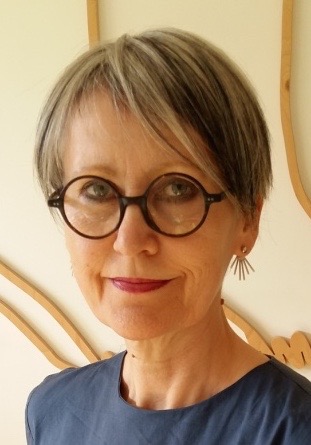A Hundred Things to Do
- Elise V Allan

- Jun 10, 2020
- 3 min read
first posted January 2018

“I have a hundred things to do. I have a dozen things I really want to do. I long to do nothing. I long for a more ordered life. I long for discipline. I long for spontaneity. I just want to sit here in silence. I want to do a crossword. I want to be more productive. I want to be more playful. I should push my career more. I should drop ambition. My work should be doing something for humanity. I should be more chilled. I should be more sociable. I should network. I should exercise more. I should get into the studio earlier. I should write before breakfast. I should be more passionate about my work and paint all night. I should sleep more regular hours and work the same number of hours every day. I want to follow my feelings. I want to ignore my feelings. I should capture all the thoughts. I should clear my mind of all my thoughts. I should try something completely different. I should maintain a clear identity in my work. I should tackle something more challenging. I want to do something easier. I should push. I should pace myself. I need to spend more time alone. I should be more sociable. I want to spend more time with my family. I should go back to the studio tonight. I want to stay by the fire. I shouldn’t look at the screen in the evening, as it will stop me from sleeping. I should get to bed earlier.”*
There can be times in our lives when the cacophony of incongruent desires, imperatives, feelings and possibilities overwhelms us. It gets worse if we give the thoughts and feelings a little extra weight, by attributing meaning, purpose or (heaven forbid) fatefulness to any of them.
“I want to make ink drawings. I should get back to the unfinished canvasses. The fear means I should tackle them. The fear means I should wait. The fear means I’m on the wrong track. I’m meant to work in ink. Not working on canvasses means I’m avoiding, means I’ll never paint again, means I’m not doing what I’m meant to do, means I’m not meant to work in paint. Maybe I’m not meant to be an artist.” *
Listening to the voices, and allowing ourselves to be led by one and then the other is exhausting, and confusing, like trying to follow a bluebottle.
Wondering which voice to listen to is as useful as wondering which one of a party of tired and hungry toddlers will initiate a nice game that will keep them all happy.
But if we remember that we are not our thoughts, we can instead consider them to be like colours, a variety of media or methods, a drawer full of collage materials; then the cacophony can become simply material for different possibilities and relationships, trying more of one, less of another, taking one out, putting another in until the balance is satisfying, for now. Trying different combinations, iterations, beginning a new composition when there’s no more fun to be had with the last one. The artist knows how to deal with uncertainty, is able to handle a mistake, try another variation, throw the lot out if it’s a mess and start again, knows that it helps to forget ‘should’ and ‘meant to’, just try something and see what happens, staying receptive to when the work starts to have a dynamic life of its own.
So, all we need is for the artist to turn up.
* Any resemblance to the stream of consciousness of actual persons, living or dead, is purely coincidental.




Comments